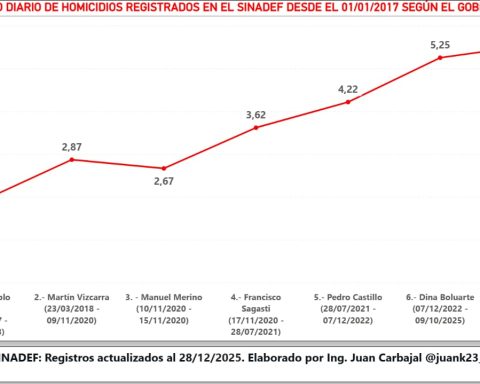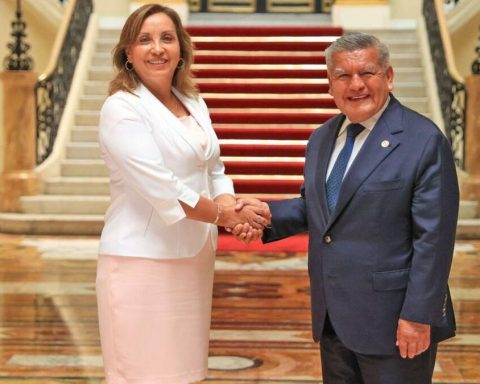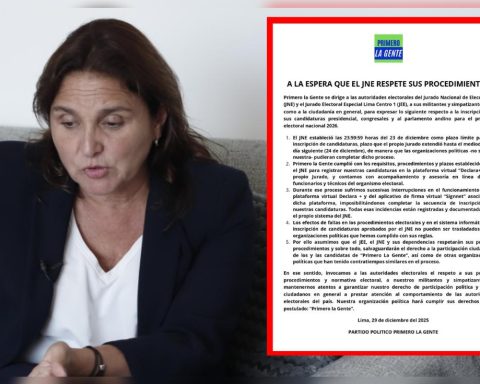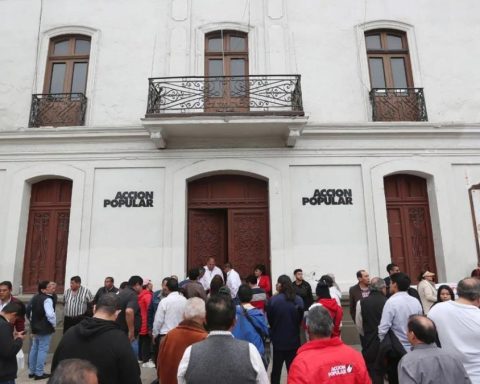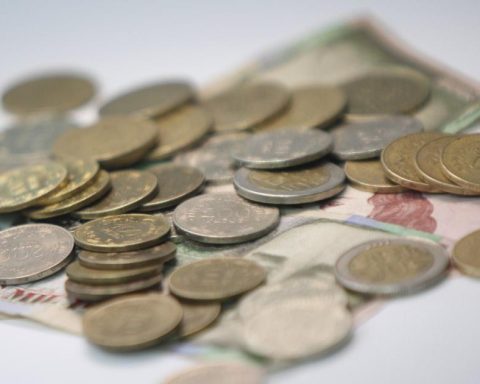He president of the Central Reserve Bank (BCR), Julio Velarde, He stressed that Peru needs to maintain fiscal accounts like the deficit and public debt controlledsince otherwise the cost of financing for the country and, therefore, for the population will be more expensive.
LOOK: Peruvian sol becomes the new dollar for Bolivians, Bolivian press warns
Velarde highlighted that the level of fiscal deficit accumulated in the last 12 months is “quite high” for a country like Peru that has shown responsible figures in recent years.
During his presentation at the Congressional Budget Commission, he maintained that the BCR projects that said indicator of excess expenses over government income closing with a magnitude of 3.3% of GDP for this year. This is despite the fact that the Executive’s commitment formalized in Legislative Decree No. 1621 is to bring the deficit to a level of 2.8% of GDP.
The highest authority of the BCR indicated that the main cause of the deviation of the deficit is the drop in tax revenues. He maintained that tax revenues fell by an amount equivalent to 0.9% of GDP, while spending increased by 0.2% of GDP.
The good news, according to the president of the monetary authority, is the fact that there are tax revenues that have begun to recover. “The VAT is starting to grow at higher rates. The regularization of the Income Tax will probably be a slightly higher figure by 2 points of GDP next year. With the current prices of copper and the Income Tax, tax revenues will 2025 are going to be much higher,” he said.
Velarde also referred to the public debt and maintained that although it remains at last year’s levels, it is still comparatively lower compared to other countries. He cited that Peru pays an interest rate for borrowing for 10 years (10-year bond) a little more than 6%. However, he indicated that there are countries with higher rates such as Colombia, which pays 10%, Mexico, a little more than 9%, and Brazil, 12.5%.
He stated that although the differences in interest rates may at first glance be very small, in practice they are relevant compared to the cost of credit that the government, companies and families must assume.
“They seem small differences, but if we had to pay the interest rate that Brazil pays (12.5%), the fiscal deficit would not be 4% of GDP, but 6.2%. Hence, the need to really maintain not so high debt and deficit controlled, because it costs us more in the end,” he concluded.
Take advantage of the NEW EXPERIENCE, receive our enriched digital newspaper by mail or WhatsApp.
Perú21 ePaper Find out about our plans!
RECOMMENDED VIDEO

